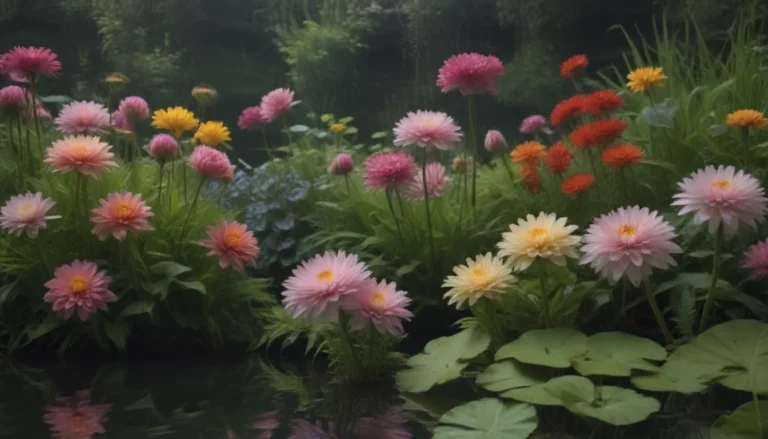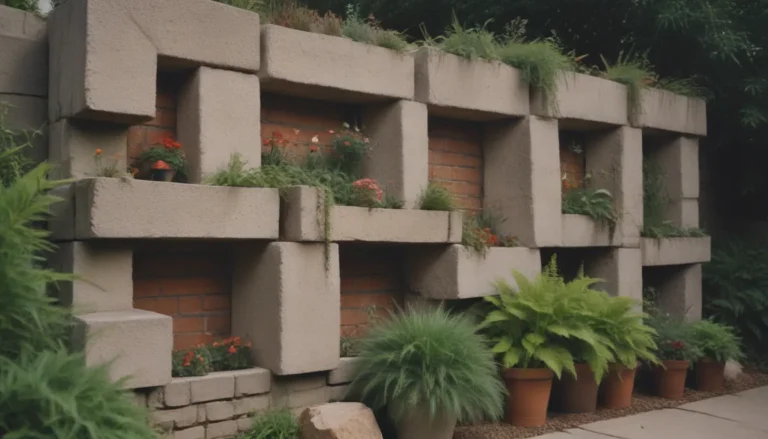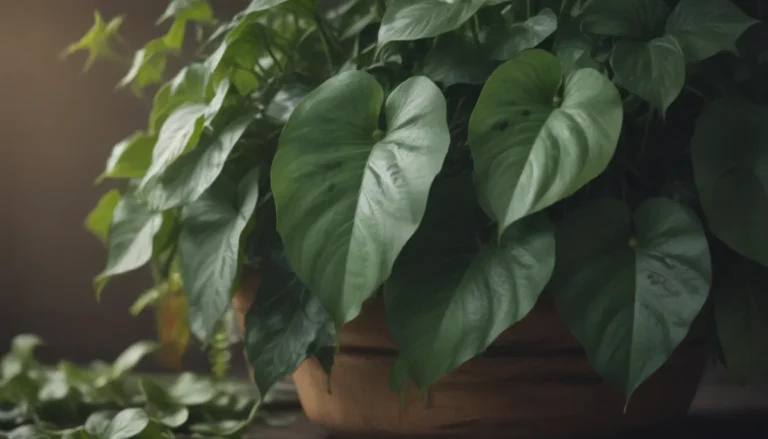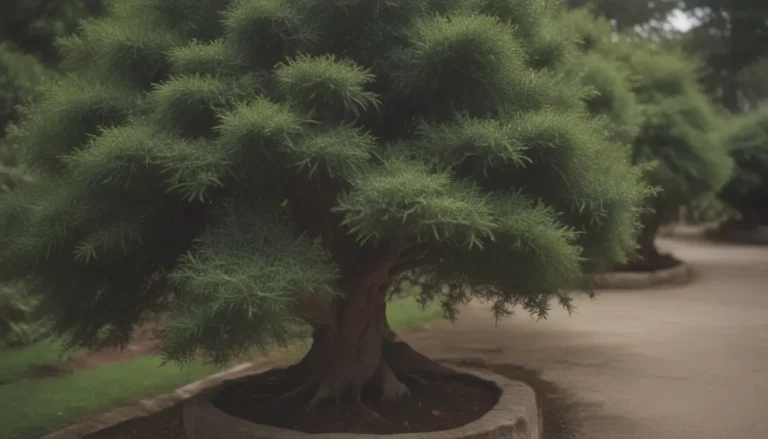Transform Your Yard with These 23 Vegetable Garden Ideas and Designs
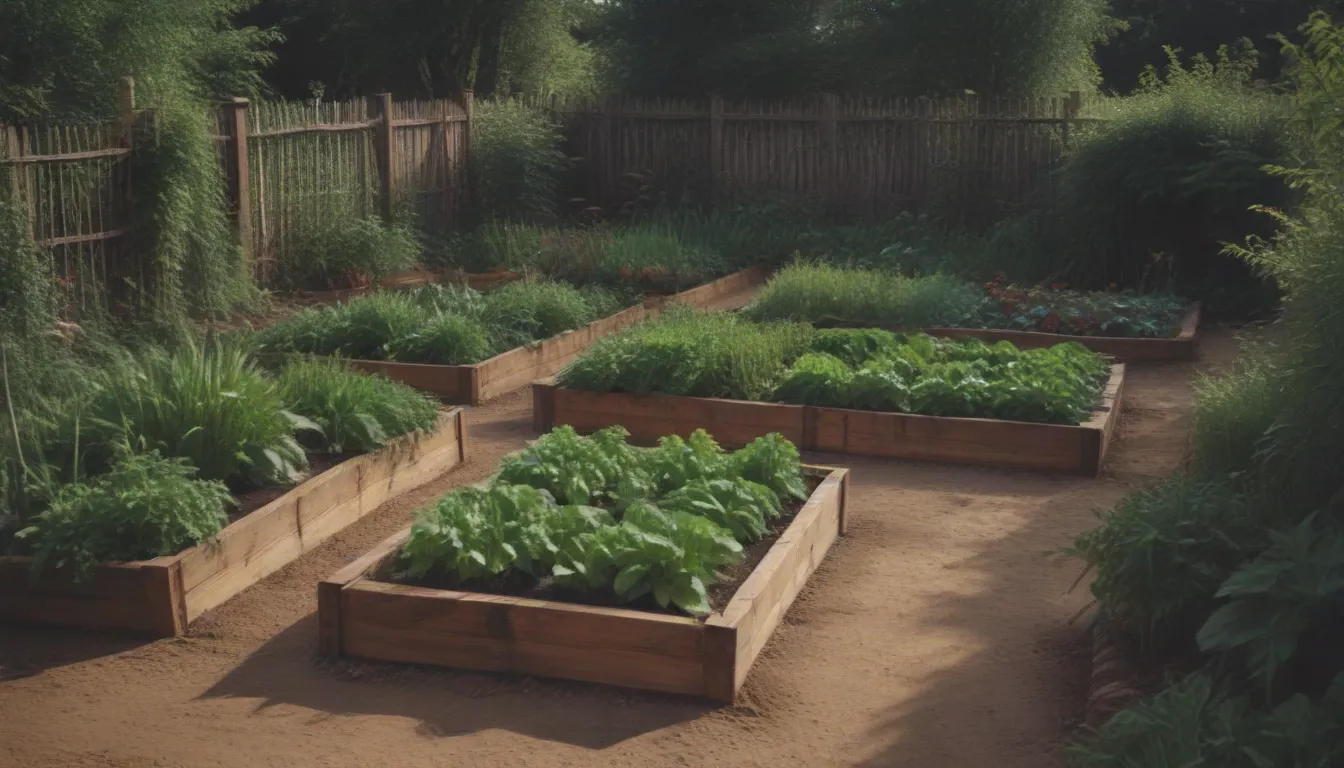
Are you ready to take your gardening game to the next level? If you’re looking for a way to combine both beauty and functionality in your yard, vegetable garden design ideas might be just what you need. Imagine harvesting your own fresh herbs and vegetables while admiring a stunning garden layout you’ve created yourself. Whether you have a small space like an apartment balcony or a large backyard, there are endless possibilities to create a vegetable garden that’s as visually appealing as it is productive.
Vegetable Gardening Tips for Success
Before you dive into designing your vegetable garden, here are four key tips to keep in mind for a successful harvest:
- Plan your vegetable garden: Take the time to sketch out your garden layout and decide on the types of vegetables you want to grow.
- Select varieties suitable for your space and climate: Choose vegetables that will thrive in your specific growing conditions.
- Follow the rules of crop rotation: Rotating your crops each season helps prevent soil depletion and pest infestations.
- Water, fertilize, and mulch: Regular watering, fertilizing, and mulching are essential for healthy plant growth.
Creative Vegetable Gardening Ideas to Inspire You
Looking for some inspiration to kickstart your vegetable garden design? Here are 23 ideas to help you create a beautiful and productive garden space:
Plant Attractive Varieties
Some vegetables are so beautiful that they deserve to be showcased in your garden. Consider planting colorful varieties like rainbow Swiss chard as focal points in your garden beds or containers. Their vibrant hues will add visual interest while providing a fresh source of nutritious greens.
Use Hanging Planters
Who says hanging baskets are just for flowers? Vegetables with shallow roots can thrive in hanging planters, creating a unique and space-saving garden display. Choose containers with adequate drainage and insulation to ensure your plants stay healthy and productive.
Interplant With Flowers
Combine vegetables with flowering plants to create a vibrant and productive garden space. Not only will interplanting attract pollinators to your garden, but it can also help deter pests naturally. Consider companion planting with aromatic flowers or herbs to protect your vegetables.
Try Vertical Gardening
Maximize your garden space by going vertical with a pallet garden. This clever design allows you to grow a variety of vegetables in a small footprint. Staple landscape fabric to a pallet, fill it with potting soil, and plant your favorite veggies in the slits. Hang your pallet garden securely to enjoy a bountiful harvest.
Build Portable Raised Beds
Create a portable salad garden with a simple crate raised bed. This self-contained garden can be moved easily to capture the best sunlight throughout the day. Plant quick-growing vegetables like lettuce, carrots, and onions for a continuous supply of fresh produce.
Plant a Garden on Shelves
Transform a set of shelves into a convenient garden space right outside your kitchen. By using containers on shelves, you can harvest fresh veggies more frequently without having to trek out to the garden. Consider growing herbs alongside vegetables for a culinary garden that’s always within reach.
Plant in Raised Garden Beds
Raised garden beds offer numerous benefits, from improved drainage to reduced bending for gardeners. Elevate your planting beds to waist height for easy access and minimal wildlife intrusion. Arrange your garden beds in a visually appealing layout to create a functional and attractive garden space.
Grow in Greenhouses
Extend your growing season by gardening in a greenhouse. Fresh vegetables can thrive in a sheltered environment, providing you with a year-round supply of homegrown produce. A greenhouse offers protection from the elements while allowing you to monitor your plants’ growth closely.
Plant a Permaculture Garden
Embrace sustainability and create a permaculture garden that mimics natural ecosystems. By incorporating layers of trees, climbers, perennials, and self-sowers, you can cultivate a low-maintenance garden that yields a diverse range of edible plants. Once established, a permaculture garden requires minimal upkeep while providing an abundance of fresh produce.
Design a Container Garden
Get creative with container gardening by growing a variety of vegetables in unconventional containers. From stainless steel tubs to burlap bags, almost any container can be repurposed for growing veggies. Move your containers to maximize sunlight exposure and enjoy a bountiful harvest right outside your door.
Companion Plant Different Varieties
Boost your vegetable garden’s productivity by planting compatible vegetables together. Companion planting involves choosing plants with similar light and water requirements that thrive when grown in proximity. Consider pairing vegetables like asparagus and petunias or eggplant and marigolds to create a harmonious garden ecosystem.
Grow On Your Fence
Utilize vertical space on your fence to grow vegetables and herbs without sacrificing ground space. Build planters or hang boxes from your fence to protect your plants from pests and provide them with ample sunlight. With strategic placement, you can create a functional and visually appealing garden on your fence.
Try Small Backyard Solutions
Don’t let a small backyard limit your gardening ambitions. Embrace succession planting and compact vegetable varieties to maximize your space’s potential. By strategically planting vegetables, you can ensure a continuous harvest throughout the growing season, even in limited garden space.
Install Window Boxes
Add a touch of greenery to your home with window boxes that double as vegetable planters. Plant sun-loving veggies or herbs in window boxes on the sunny side of your home for easy access to fresh produce. Window boxes are a versatile gardening solution that adds charm and functionality to your living space.
Use Vegetables as Landscaping
Opt for an edible landscaping design by incorporating vegetables and herbs into your garden borders and pathways. Instead of traditional ornamental plants, use lettuce and other leafy greens to create a visually appealing and practical garden layout. Companion planting can also enhance your garden’s biodiversity and productivity.
Make a Balcony Garden
Transform your balcony into a thriving vegetable garden by combining container gardening with shade-tolerant vegetables. With the right plant selection and care, you can enjoy a variety of veggies even in a small space. Utilize vertical space and creative container arrangements to maximize your balcony garden’s potential.
Build a Ladder Garden
Turn an old ladder into a vertical garden that maximizes your gardening space. Plant containers on each rung to create a charming and space-efficient garden display. A ladder garden is a practical and visually appealing way to grow vegetables in limited outdoor space.
Plant a Traditional Garden
Embrace the classic charm of a traditional vegetable garden by planting in rows based on plant types. This timeless approach to gardening creates a picturesque and efficient growing space that’s reminiscent of a cottage garden. By organizing your plants strategically, you can optimize sunlight exposure and access for easy maintenance.
Trellis Your Plants
Support climbing vegetables with trellises to maximize space and create a visually appealing garden design. Growing vines vertically allows you to grow more plants in a smaller area while adding a charming aesthetic to your garden. Consider trellising veggies like cucumbers, tomatoes, and squash for a productive and beautiful garden display.
Style a Plant Wall
Create a stylish and functional plant wall to elevate your vegetable garden design. Whether you let vines climb along a wall or mount containers on a sunny surface, a plant wall offers a space-saving solution for gardening in small outdoor areas. Arrange your containers creatively to showcase a variety of veggies and herbs in a compact space.
Use Unconventional Containers
Get creative with your container selection by experimenting with unconventional materials like stainless steel tubs or burlap bags. Repurpose items like stock tanks or large tupperware containers to create a unique and functional vegetable garden. Ensure your containers have adequate drainage to promote healthy plant growth and prevent waterlogging.
Try Patio Raised Beds
Utilize raised beds on your patio to make gardening more accessible and efficient. Raised beds elevate your plants, making them less vulnerable to pests and providing better drainage. Create a decorative and productive garden space on your patio by arranging raised beds strategically and choosing compact vegetable varieties for optimal growth.
Add Garden Borders and Paths
Enhance your vegetable garden’s aesthetics and functionality by using leafy greens to create practical garden borders and paths. Incorporate vibrant lettuces and other greens around garden beds to define and beautify your growing space. Consider companion planting to maximize plant health and productivity in your garden.
With these innovative vegetable garden ideas and designs, you can transform your yard into a beautiful and productive garden space. Whether you have a small balcony or a spacious backyard, there are endless possibilities to create a garden that’s not only visually stunning but also bountiful in fresh herbs and vegetables. Get creative with your layout, plant selection, and gardening techniques to design a vegetable garden that reflects your style and provides you with a sustainable source of homegrown produce. Happy gardening!
